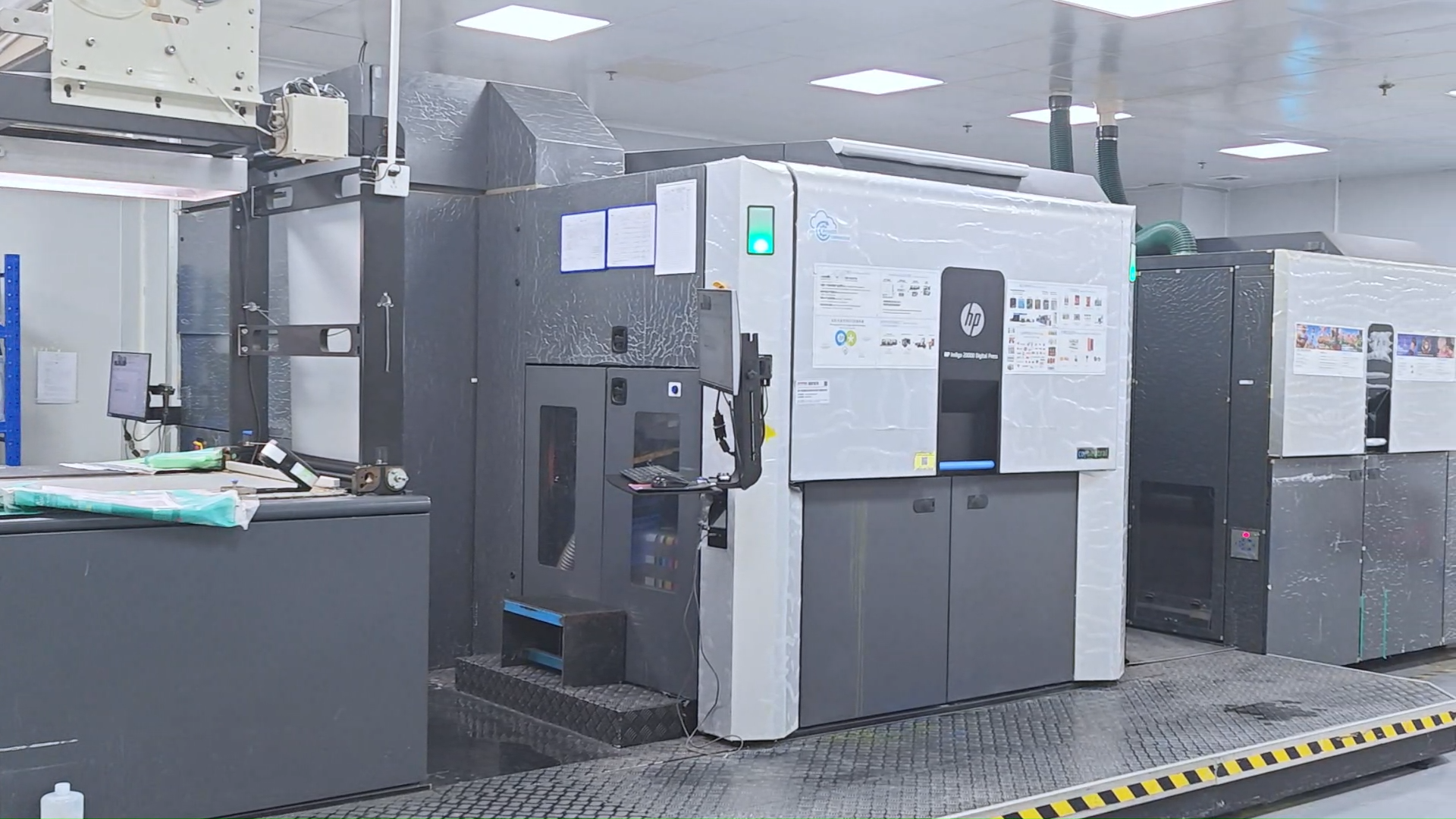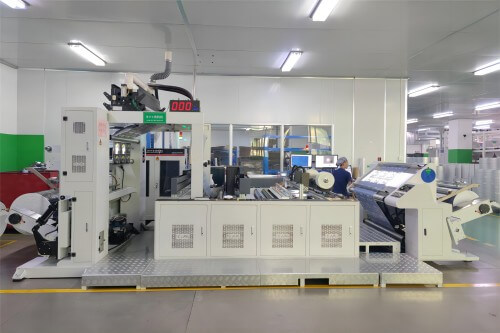In today’s global market, the challenge of counterfeiting continues to escalate, affecting industries ranging from pharmaceuticals to luxury goods. As businesses strive to protect their products and brand integrity, the need for effective anti-counterfeit printing methods has become more critical than ever. This article presents a comprehensive comparison of anti-counterfeit printing methods, providing insights into the various options available to safeguard your products.

The Importance of Anti-Counterfeit Measures
Counterfeiting poses a significant threat to businesses and consumers alike. It not only results in financial losses but also impacts brand reputation and consumer trust. Implementing robust anti-counterfeit measures is essential to mitigate these risks and ensure product authenticity.
Overview of Anti-Counterfeit Printing Methods
There are several anti-counterfeit printing methods available, each with its own set of advantages and applications. The following sections will delve into some of the most commonly used techniques, highlighting their features and effectiveness.
Holographic Printing
Holographic printing is a popular choice for anti-counterfeiting due to its visual appeal and difficulty to replicate. This method involves creating a three-dimensional image that changes appearance when viewed from different angles. Holograms are often used on currency, credit cards, and high-value products.
Watermarking
Watermarking is another traditional technique employed in anti-counterfeit printing. This method involves embedding a subtle image or pattern into the paper during the manufacturing process. Watermarks are commonly found on banknotes and official documents.
Special Inks
Special inks, such as UV and infrared inks, are used to create invisible or color-changing elements on printed materials. These inks are detectable only under specific lighting conditions, making them an effective anti-counterfeit measure for tickets, certificates, and packaging.
Microtext Printing
Microtext printing involves printing tiny text that is difficult to read with the naked eye but easily verified with magnification. This technique is often used on checks and legal documents to deter counterfeiting.
Choosing the Right Anti-Counterfeit Printing Partner
Selecting the appropriate partner for your anti-counterfeit needs is crucial. Companies like Full Color Printing Firm offer valuable insights into choosing a reliable provider, ensuring your products are protected effectively.
Cost Considerations in Anti-Counterfeit Printing
The cost of implementing anti-counterfeit printing methods can vary significantly depending on the chosen technique and the scale of production. Businesses must weigh the cost against the potential risks and losses associated with counterfeiting. For a detailed cost analysis, refer to this article.
Pharmaceutical Serialization Compliance
In the pharmaceutical industry, serialization compliance is critical to prevent counterfeit drugs from entering the market. This involves assigning unique identifiers to each product unit, enabling traceability throughout the supply chain. Learn more about the importance of serialization compliance here.
Real-World Examples of Security Printing
Understanding how security printing is used in real-world applications can provide valuable insights into its effectiveness. Explore real-life examples of successful anti-counterfeit measures in action by visiting this page.
Debunking Common Myths
There are several misconceptions surrounding anti-counterfeit printing methods. It’s essential to distinguish between fact and fiction to make informed decisions. Discover the truths about common myths here.
The Future of Anti-Counterfeit Technologies
As technology continues to evolve, so do the methods used to combat counterfeiting. Emerging technologies such as blockchain and digital watermarks hold promise for the future of anti-counterfeit measures, offering enhanced security features and traceability.
Blockchain Technology
Blockchain technology provides a decentralized and tamper-proof ledger, making it a powerful tool for verifying product authenticity. This technology is increasingly being adopted in industries such as luxury goods and pharmaceuticals.
Digital Watermarks
Digital watermarks are invisible markers embedded within digital content, allowing for tracking and verification. This method is gaining traction in the media and publishing industries as a means to protect intellectual property.
Conclusion
The comparison of anti-counterfeit printing methods highlights the diverse range of options available to businesses today. By understanding the strengths and limitations of each method, companies can make informed decisions to protect their products and brand reputation effectively.

FAQs
What is the most effective anti-counterfeit printing method?
The effectiveness of an anti-counterfeit printing method depends on the specific application and industry. Holographic printing and special inks are popular choices for their visual appeal and difficulty to replicate.
How can I choose the right anti-counterfeit partner?
Choosing the right partner involves evaluating their expertise, technology, and track record. Consider companies that offer customized solutions and have a proven history of successful implementations.
Is anti-counterfeit printing expensive?
The cost varies depending on the method and scale. While some techniques may require a higher initial investment, the long-term benefits of protecting your brand and products often outweigh the costs.
For more detailed insights into security printing, visit the informative article by Holostik on security printing.
This article contains affiliate links. We may earn a commission at no extra cost to you.







